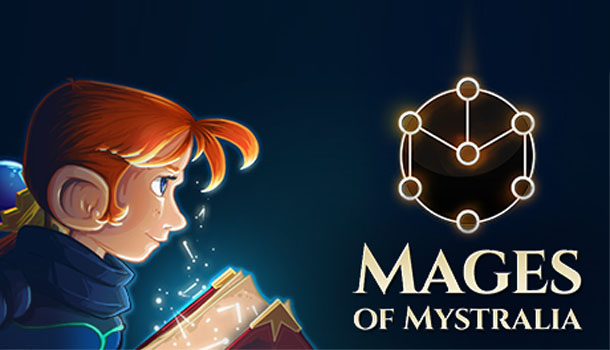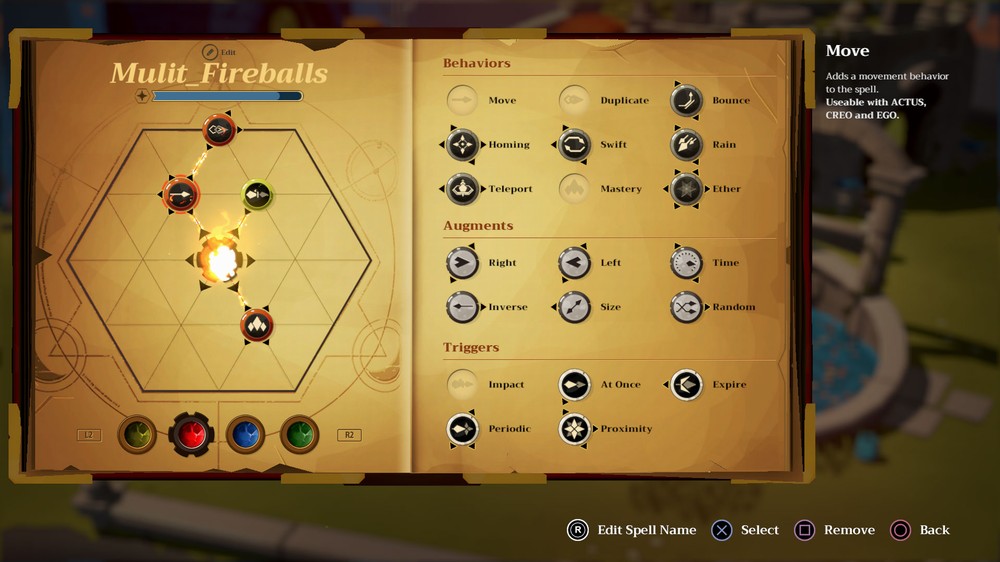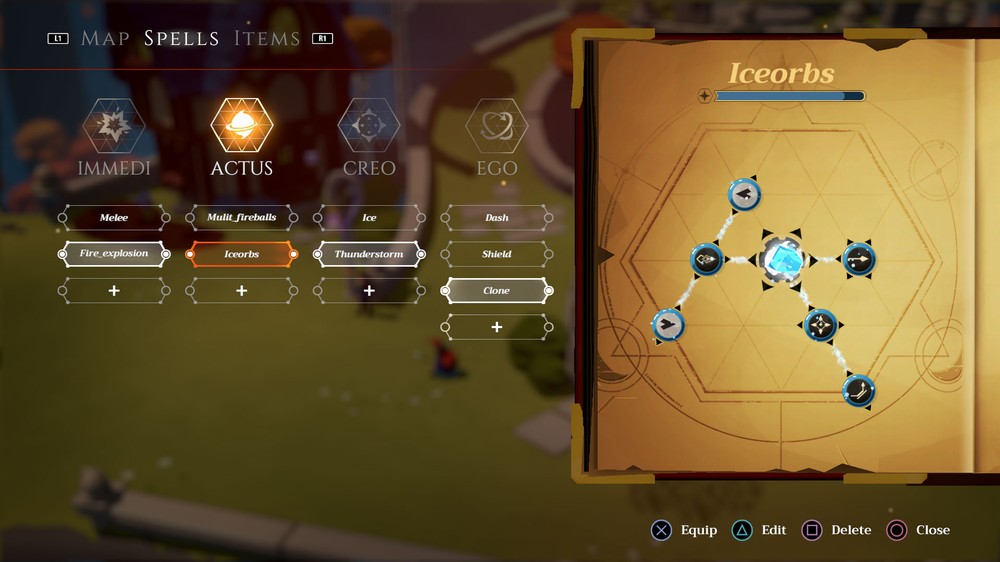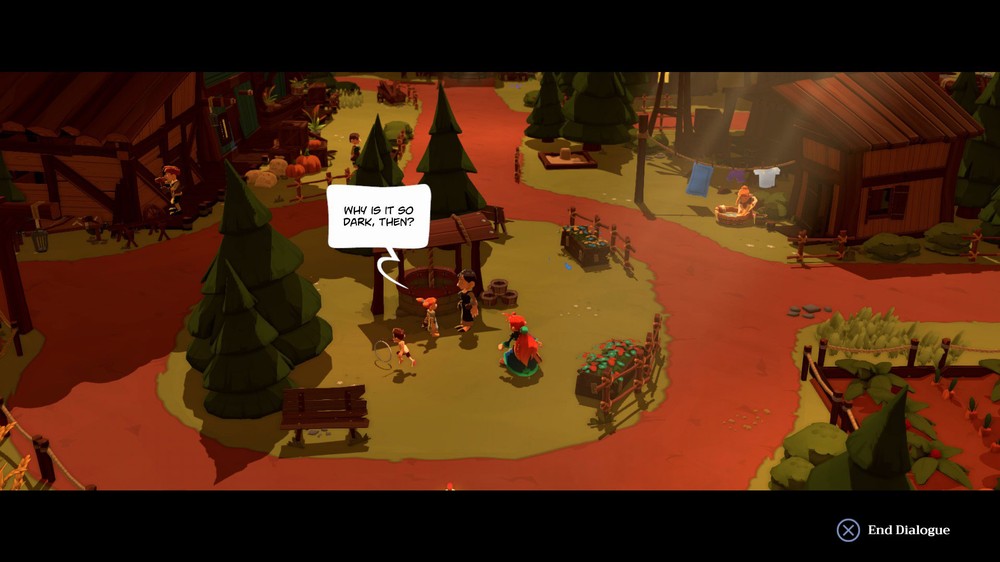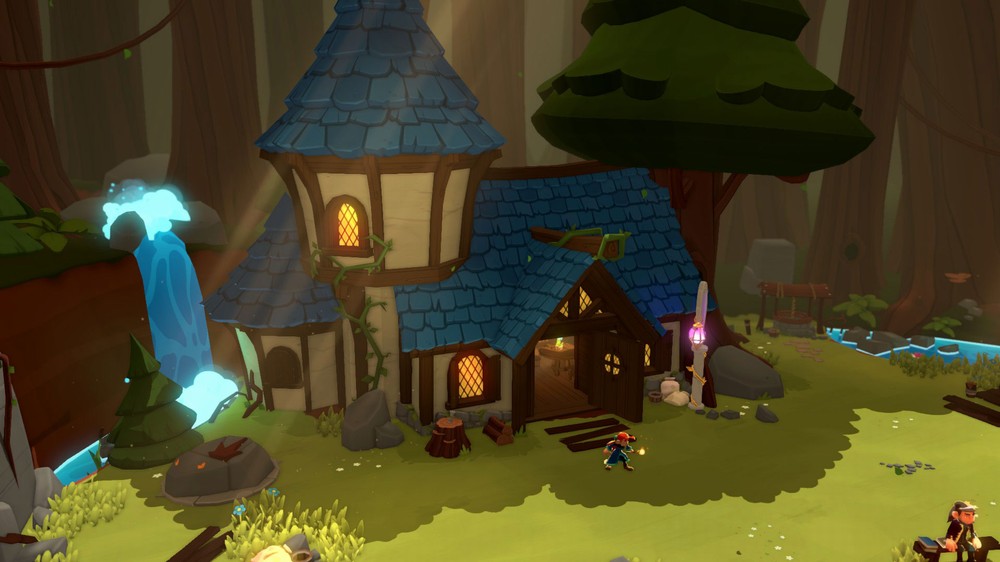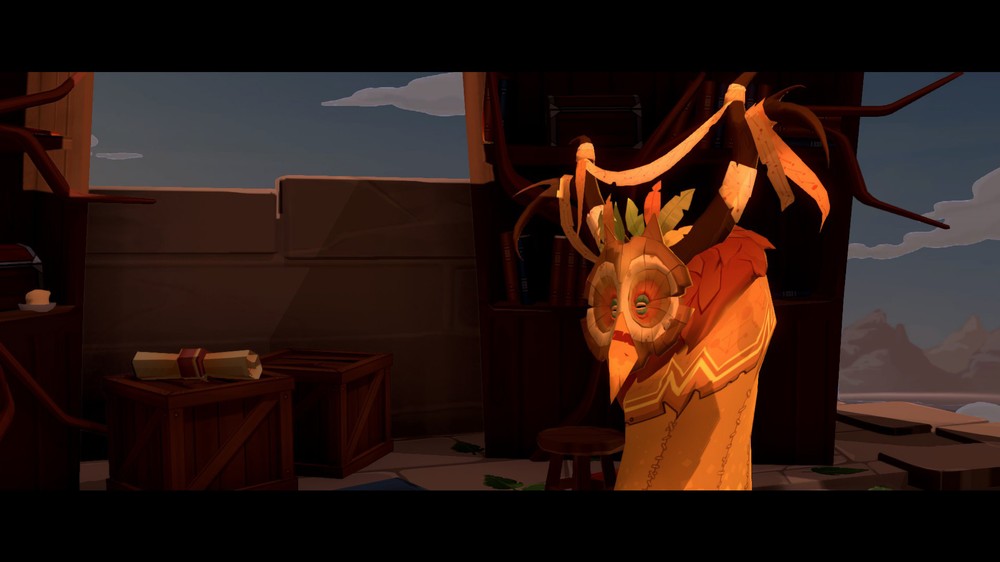Mages of Mystralia is a typically ambiguous videogame title, in that it doesn’t tell you much about the game. It indicates the presence of mages and magic, a fantastical sounding land called Mystralia, and that’s about it. If anything, it harkens back to the early days of gaming, where the box art was better than the in-game visuals, and where your imagination was required to fill in the gaps that the limited processing power of the consoles at the time couldn’t fill. In actual fact, Mages of Mystralia pays homage to these games with more than just its title, with an isometric viewpoint and relatively simple mechanics and controls bringing back more than a few memories of mid- to late- 90s RPGs.
The land of Mystralia, at the time of the game, has banned the use of magic, leaving mages to operate in secret, setting up a hidden refuge and attempting to influence the world from the shadows. Zia, our protagonist, has recently discovered her ability to perform magic, and after accidentally setting fire to her village, is banished. After meeting with the group of mages, Zia is set a series of tasks in an attempt to discover exactly why magic was banned and to bring mages back to the fore of society. By optimizing and using four different schools of magic, Zia ventures across various areas of Mystralia, battling monsters, solving puzzles, and helping out the common folk.
The main gameplay hook of Mages of Mystralia is the fact that spells can be modified, and they are used in a similar way to the various pieces of equipment in any Legend of Zelda game. Soon after the start of the game, Zia gains the ability to use a melee attack, summon a fireball, create ice platforms, and protect herself with a shield. These spells start off at a basic level, but as you discover runes throughout the game, you’re able to change their effects, including adding movement, combining the effects of different spells, and causing them to home in on enemies. Unlocking these extra runes often happens by exploring the world and solving optional puzzles, but there are a number that are found by progressing through dungeons, in much the same way as new equipment is found in Zelda. These dungeons then serve as a tutorial for the new ability, with the boss at the end having a weakness to that particular modification to your spells.
The world of Mystralia is one of the strongest aspects of the game, both in terms of variety of locations and the activities available to you within them. Though the locations you take Zia to are fairly clichéd, including forests, volcanoes, small villages and big cities, they’re all full of color and well-designed. There are often a number of NPCs within each area that provide small, optional quests, as well as puzzle doors, environment puzzles and areas that are unable to be accessed until you return with stronger abilities. The only downside to the world is that signposting could be a little better, as there were multiple occasions on which I felt a little lost and unsure of exactly what I was supposed to be doing next or how I could get from where I was to where I needed to be.
Working through quests, both story related and optional, is a similarly mixed bag, with events that show a good use of imagination in their design, and sequences that provide minor frustrations due to their poorly-conceived execution. A good example of the former is clearing a forest of enemies to allow a carpenter to enter and repair a bridge, which allows you access to the next area of Mystralia. The feeling of having a positive and lasting effect on the world is welcome, and there are other occasions in the game in which this also rings true.
However, the same forest area also provides a good example of frustration, where an NPC offers you a key to progress, so long as you clear several camps of enemies. By doing this, you work your way towards the door that you need to unlock with said key, but once the final camp is defeated, you have to trudge your way back to the start of the area to speak to the NPC, only to return back to the door that you were just at, now with the key in your possession. It’s not a huge issue in isolation, but again, it’s not the only time something like this happens, and it’s enough to slightly sour my perception of the experience.
Mages of Mystralia is a great example of a downloadable game that will likely garner a decent collection of fans. It shows what a talented team can achieve with a bit of passion for a project, even if they have a limited budget. It’s not perfect, and it certainly shows a lack of polish at times, but it’s a charming experience, and the rune-based magic system is genuinely inventive and offers a decent twist on an otherwise unremarkable set of gameplay mechanics. It might not be a game that sticks in your mind long after you’ve put it down, but it’s a worthy title for RPG fans to explore, and will definitely prove enjoyable for those who decide to dive in.

